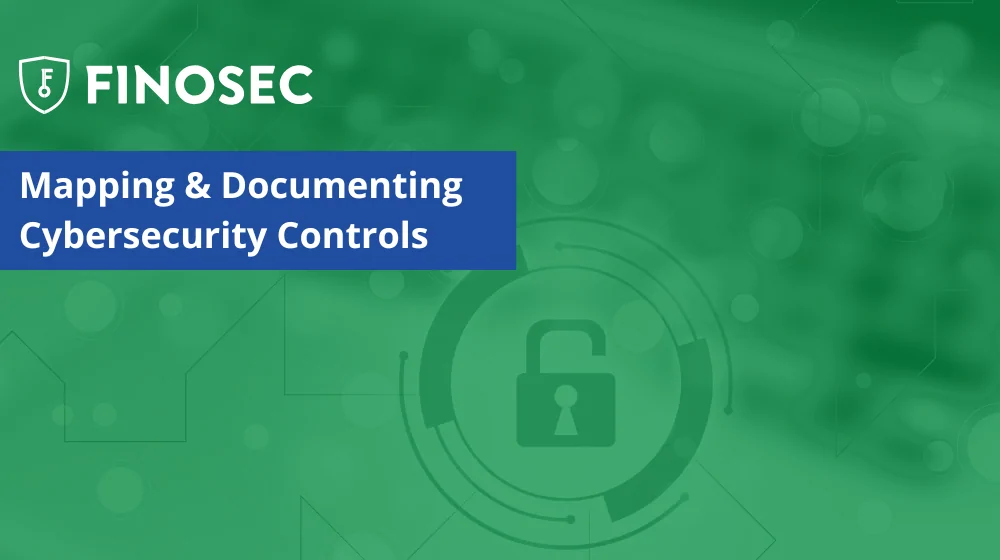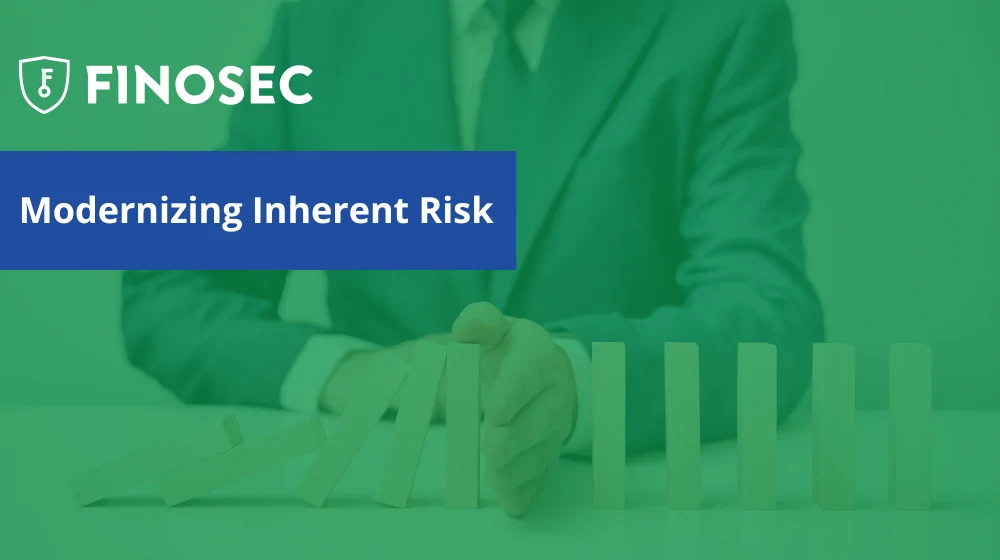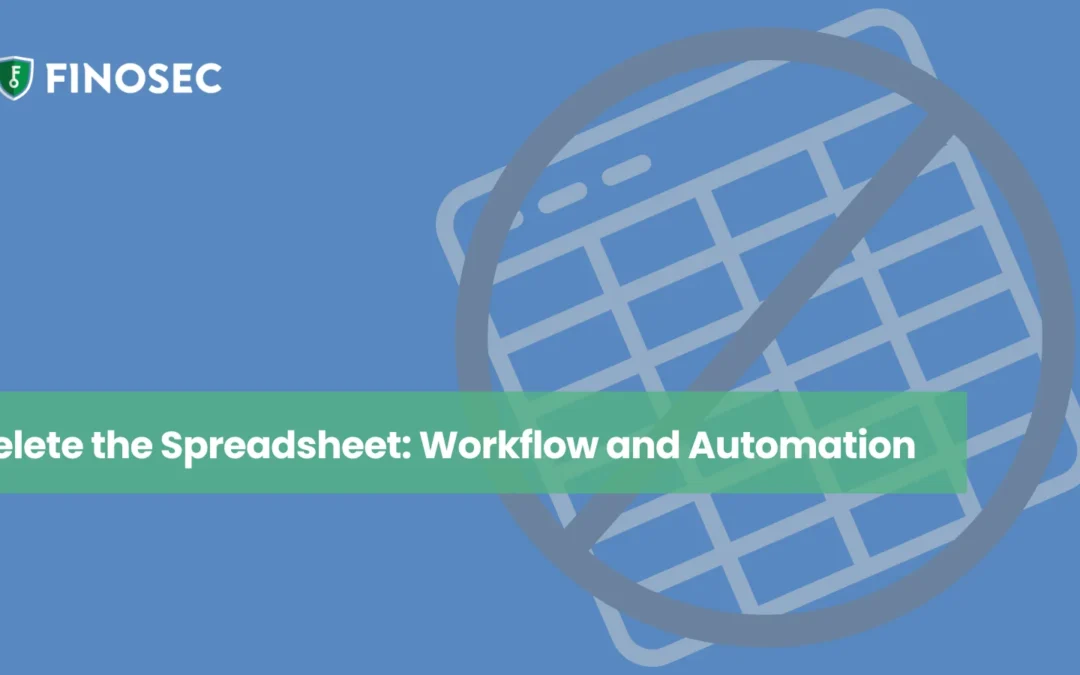Managing third-party risk, performing access reviews, and completing risk assessments are foundational elements of a sound information security program, especially in the banking industry. But these processes often rely on fragmented, outdated tools like spreadsheets. That’s where a well-structured Personally Identifiable Information (PII) assessment comes in.
A PII assessment helps financial institutions better understand the data they hold, the systems that store it, and the risks that come with it. More importantly, when done right, it becomes a central part of connecting your risk and governance processes, making everything from vendor reviews to user access decisions more informed and effective.
What Is a PII Assessment?
At its core, a PII assessment is the process of identifying and evaluating the types of personally identifiable information stored in each system across your organization. Think of it like taking inventory, but instead of physical assets, you’re scoring data sensitivity.
This includes common data points like:
- Names and email addresses
- Account numbers
- Social Security Numbers (SSNs)
- Employer Identification Numbers (EINs)
- Driver’s license or government-issued ID numbers
Not every system contains the same information. Some applications may only store basic contact data, while others hold sensitive financial or regulatory data. That difference matters, not just for understanding data exposure, but also for how you prioritize security efforts.
Why Spreadsheets Fall Short
In many community banks, the default reaction to any new assessment requirement, PII assessments included, is to build another spreadsheet.
On the surface, it makes sense. Spreadsheets are familiar, easy to build, and readily available. But each time a new process gets housed in its own separate file, you’re creating more distance between key components of your cybersecurity program.
Here’s why that’s a problem:
- No integration: A standalone PII spreadsheet doesn’t link to your vendor risk assessments, access review schedules, or broader information security assessments.
- Process sprawl: Each disconnected tool becomes one more thing to manage, update, and reconcile, opening the door to inconsistencies and errors.
- Audit headaches: When examiners ask how your access review schedule aligns with data sensitivity or vendor risk, stitching together separate spreadsheets creates unnecessary friction.
PII Assessments: The Missing Link
When incorporated into a connected governance platform, PII assessments do more than just catalog sensitive data. They help answer critical questions like:
- Which vendors have access to systems containing high-risk PII?
- How often should you conduct access reviews for systems based on the type of data they hold?
- Are your cybersecurity controls appropriately scaled to the sensitivity of the data?
By linking your PII assessment with your asset inventory, vendor records, and security policies, you gain visibility, and more importantly, traceability.
A More Streamlined Future
The future of information security governance doesn’t live in isolated spreadsheets. It lives in integrated systems where data classification, access frequency, and vendor risk all talk to each other. That’s why more banks are exploring automated platforms that eliminate the spreadsheet chaos and centralize these functions.
A connected approach ensures:
- Nothing falls through the cracks
- Access decisions are based on real risk
- Audit trails are easy to produce and validate
- Time is spent on strategy, not spreadsheet management
Join the Conversation
If this hits close to home, and your institution is juggling multiple spreadsheet-based assessments, we invite you to continue the conversation. Finosec is hosting an upcoming webinar dedicated to helping community banks “delete the spreadsheet” and take a smarter approach to managing PII and risk.
We’ll break down how to move from reactive to proactive, and how to ensure your PII assessment is doing more than just checking a box, it’s powering your security strategy. Register Now






